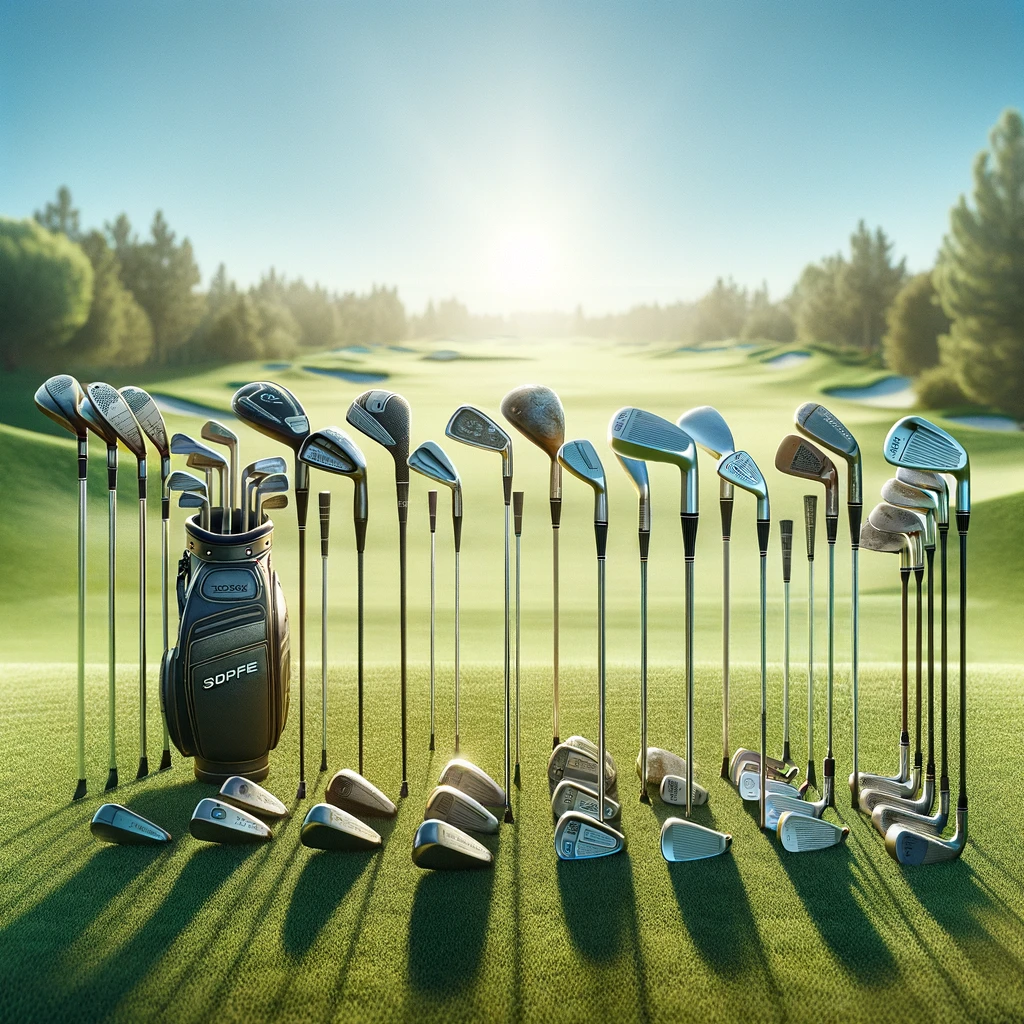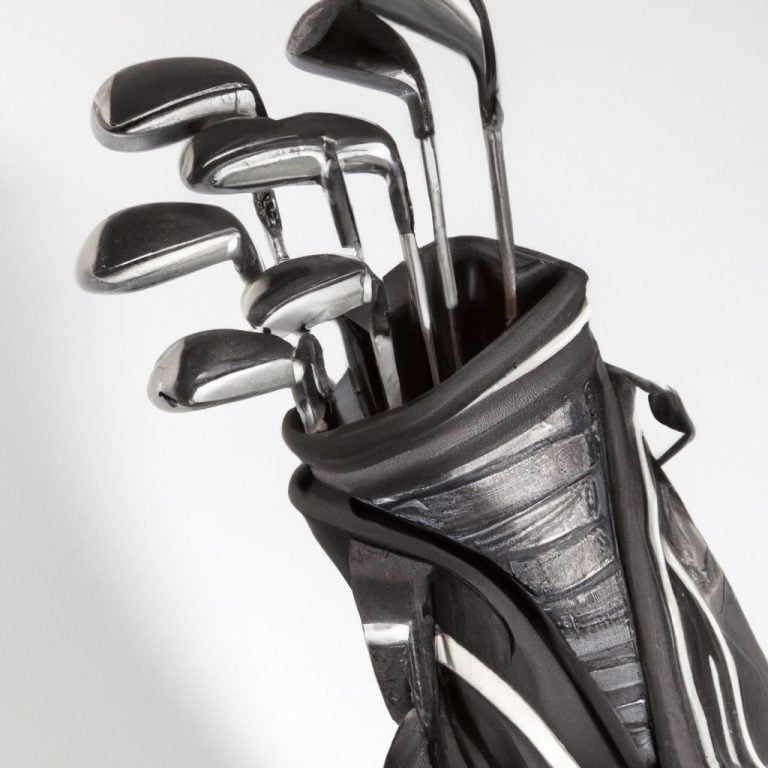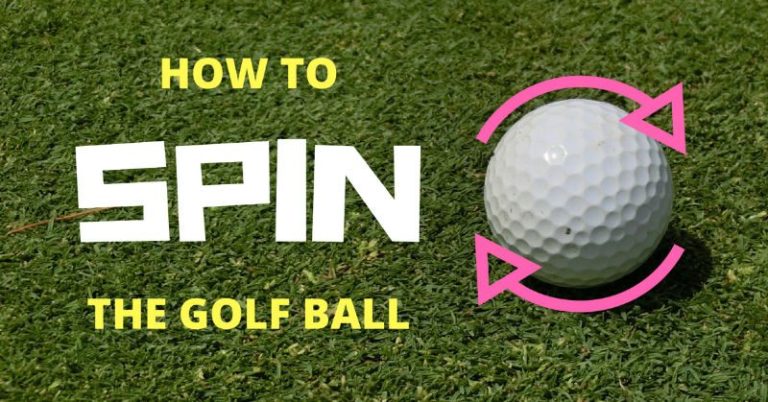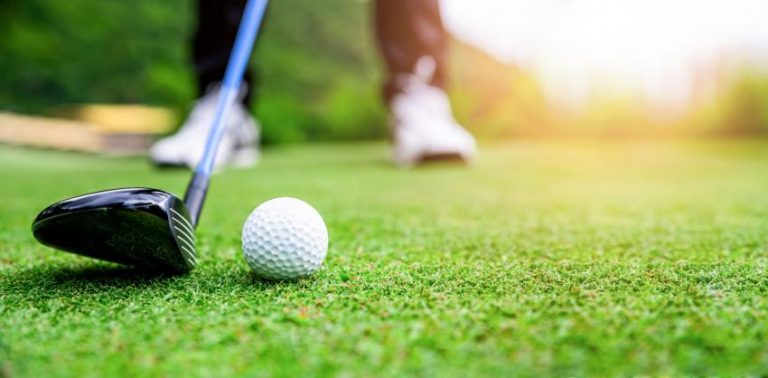Know When to Upgrade Your Golf Clubs – Expert Tips and Advice
Hey fellow golf enthusiasts! Are you scratching your head, wondering if it’s finally time to part ways with your current set of clubs for something newer, shinier, and perhaps more forgiving? You’re not alone! Upgrading your golf clubs can feel like a big decision, but it doesn’t have to be a shot in the dark. Let’s dive into the nitty-gritty of when to say goodbye to your old pals and welcome a new set into your golf bag.
First off, how’s your game been feeling lately? If you’ve noticed your handicap not budging in the right direction or your shots lacking their usual zest, it might be a sign. But fear not! We’re here to guide you through the ins and outs of assessing your equipment. From the subtle (or not so subtle) changes in the feel and sound of your swings to understanding the tell-tale signs that your clubs might be holding you back, we’ve got you covered.
And hey, we’re all about making those clubs last as long as possible. So, we’ll also share some top tips for extending the life of your current set. But when the time comes, and the course whispers the need for an upgrade, we want you to be ready—equipped with the knowledge to choose wisely.
Keep your eyes peeled as we unfold expert advice, personal anecdotes, and maybe a few laughs along the way. Whether you’re a seasoned pro or a weekend warrior, understanding when to upgrade your golf clubs is crucial in keeping your game fresh and enjoyable. Let’s embark on this journey together and make sure your next club investment is a hole-in-one for your golfing journey!
Key Takeaways:
- Pay attention to your handicap trend. If it’s improving, consider upgrading to more advanced clubs.
- Regularly evaluate the feel and sound of your clubs to determine if they are still providing optimal performance.
- Signs you need new clubs include visible wear and tear, decreased performance, and difficulty with club selection. Don’t hesitate to upgrade if necessary.
Understanding the Lifespan of Golf Clubs
Golf clubs are significant investments for both amateur and professional golfers. Understanding their lifespan is crucial to making the most out of them and knowing when it’s time for an upgrade. The durability of golf clubs largely depends on their type, usage, maintenance, and the quality of materials used in their construction.
Also Read: Know the Difference between Cheap and Expensive Golf Clubs
.jpg)
Types of Golf Clubs and Their Lifespan:
- Drivers: Typically, drivers have a shorter lifespan compared to other clubs due to the high-impact forces they endure. A well-maintained driver can last 5-7 years.
- Irons: Irons can last longer, often up to a decade, if properly cared for. However, frequent players might notice performance decline after 7-8 years.
- Putters: Since they are used with less force, putters can last many years. Their lifespan is more about the golfer’s preference for feel and style changes over time.
Factors Affecting Lifespan:
- Usage: Regular players will see their clubs wear out faster than occasional golfers. The more rounds you play, the sooner you’ll need to consider upgrades.
- Maintenance: Proper cleaning, storing, and handling of golf clubs can significantly extend their life. Neglect, such as leaving clubs wet or dirty, accelerates wear.
- Material Quality: Higher quality materials can withstand wear and tear better, contributing to a longer lifespan. For example, forged irons made from premium steel alloys may last longer than cast irons.
When to Upgrade Your Golf Clubs
Knowing when to upgrade your golf clubs is essential for improving your game and overall performance on the course.
Upgrading your golf clubs can significantly enhance your playing experience by providing you with the latest technological advancements in club design and materials. Newer clubs often offer improved accuracy, distance, and forgiveness, which can make a noticeable difference in your performance.
Personal preferences play a crucial role in club selection, as every golfer has unique swing characteristics and playing style that may require specific club features. By staying updated and matching your clubs to your needs, you can optimize your game and enjoy greater success on the golf course.
Factors to Consider
When considering upgrading your golf clubs, it’s crucial to assess various factors that can impact your game and playing experience.
One of the key factors to assess is the game improvement technology offered by different club models. This technology can enhance your performance through features like adjustable weights, improved forgiveness, and optimized ball speed.
Regular club maintenance is essential to ensure longevity and optimal performance. Keeping your clubs clean, replacing grips when worn, and checking for any damage are all part of proper maintenance practices. Selecting clubs from reputable manufacturers can provide assurance of quality craftsmanship and performance consistency on the course.
Handicap Trend
Monitoring your handicap trend can provide valuable insights into whether upgrading your golf clubs could positively impact your game improvement.
The provided text is already formatted with HTML tags for a paragraph and bold text. No further formatting is needed.
Feel and Sound Evaluation
Assessing the feel and sound of your golf clubs can offer critical insights into their condition and performance characteristics during play.
When you strike the ball, the feedback you receive through the club’s feel and sound can indicate if you hit the sweet spot or if there are inconsistencies in your swing. A pleasant, crisp sound and a solid feel signify proper impact, which translates to better accuracy and distance. Conversely, an unpleasant vibration or dull thud may hint at mishits or wear in the clubhead or shaft.
Impact of Swing Changes
Understanding how your golf clubs respond to swing changes is crucial for optimizing your iron play and achieving desired ball flight consistency.
When honing in on your iron play, it’s essential to consider the relationship between shaft flexibility and club performance. The flexibility of your shaft affects how energy transfers from your swing to the ball, thus influencing distance and accuracy. The right shaft flex can help you achieve better control over your shots and improve overall consistency. Regular maintenance practices such as checking for wear and tear on your clubs and keeping them clean can further enhance their performance and longevity.
Assessment of Distance
Evaluating the distance capabilities of your clubs, especially the driver, is essential for ensuring that your equipment aligns with your game improvement goals.
Distance assessment is a pivotal aspect of enhancing your performance on the course. The driver, being the club that sets the tone for your entire game, requires special attention. By understanding the distances you can achieve with your driver, you can make informed decisions when upgrading your clubs.
Players often face challenges in selecting the right clubs to match their skill level and game improvement needs. By accurately assessing the distances your clubs cover, you can pinpoint areas where improvements are necessary and make adjustments accordingly.
Distance assessment aids in eliminating guesswork during gameplay. When you have a clear understanding of how far each club can carry the ball, you can confidently select the right club for each shot, leading to more consistent and successful rounds.
Aesthetics and Looks
The aesthetics and visual appeal of your golf clubs, often influenced by reputable manufacturers, can contribute to your confidence and overall enjoyment on the course.
Visual appeal not only enhances the aesthetic pleasure of owning a set of clubs but also plays a significant role in shaping your mindset and approach to the game.
The sleek design and polished finish of modern clubs can instill a sense of professionalism and confidence in a golfer, elevating their performance on the course. The branding and design elements on the clubs can serve as a subtle reminder of the craftsmanship and technology behind the equipment, influencing the player’s trust in the brand and enhancing their overall satisfaction with their gear.
The Impact of Technology on Golf Clubs
The last decade has seen remarkable advancements in golf club technology, significantly affecting how the game is played. From materials to design, technology has made golf clubs more forgiving, accurate, and suited to individual playing styles.
Recent Technological Advancements:
- Materials: The use of new materials such as carbon fiber, titanium, and advanced steel alloys has made clubs lighter and stronger. This allows for faster swing speeds and greater distance.
- Aerodynamics: Improved clubhead designs minimize air resistance during the swing, increasing swing speed and, consequently, the distance the ball can travel.
- Adjustability: Many modern drivers and woods come with adjustable heads that allow players to change the loft, lie, and even the shape of their shot. This customization can help golfers optimize performance without changing their swing.
- Smart Technology: Some of the latest clubs include embedded sensors that gather data on each swing. This information can be invaluable for adjusting technique or choosing the right club for a particular situation.
Enhancing Gameplay: The primary goal of these technological advancements is to enhance the golfer’s performance. For example, forgiveness in club design helps reduce the impact of off-center hits, which is particularly beneficial for amateur golfers. Meanwhile, professionals can fine-tune their equipment to match minute aspects of their game, thanks to customizable features.
These technological improvements mean that upgrading to new clubs can offer significant benefits, even if your current set is not worn out. New clubs can provide better performance through enhanced design and materials, potentially lowering your scores and making the game more enjoyable.
Signs You Need New Clubs
Recognizing the signs that indicate the need for new golf clubs, such as visible wear and tear or excessive spin issues, can help you make informed upgrade decisions.
Performance issues like decreased distance or inconsistent ball flight could signal the necessity for new clubs. It’s not just about the appearance but the impact on your game.
Consider how the age of your clubs might be affecting your play. Over time, advancements in technology can render older clubs less effective compared to newer models. Upgrading your equipment when these signs present themselves can enhance your overall golfing experience.
A. Decreased Performance
- Loss of Distance: If you notice a consistent decrease in the distance your shots cover, despite your swing remaining the same, it could indicate that your clubs are no longer performing optimally.
- Difficulty with Consistency: Struggling to hit consistent shots or noticing that your shots no longer have the trajectory they used to could mean your clubs are not complementing your game as they should.
Experiencing performance deterioration, such as inconsistent ball striking or reduced distance control, may signal the need for an upgrade, considering advanced options like the TaylorMade Stealth Plus.
B. Wear and Tear
- Visible Damage: Regular inspection of your clubs can reveal signs of wear such as cracks in the clubhead, significant scratches, or shaft damage. Such wear can drastically affect performance.
- Grip Deterioration: The condition of the grips on your clubs can also indicate wear. Grips that are worn, hardened, or slick can affect your swing and control, making it challenging to play your best.
Visible wear and tear on golf clubs, such as worn grips or faded finishes, may indicate the need for maintenance or replacement, considering models like the Titleist TSR2 or PING Blueprint S.
C. Changes in Your Game
- Skill Level Improvement: As you become a more skilled golfer, you may outgrow your current set. Advanced players often require clubs that offer more precision and control than beginner sets provide.
- Physical Changes: Changes in your strength, flexibility, or swing speed might mean your current clubs are no longer a good fit. For example, you might benefit from clubs with a different flex or weight.
D. Technological Advancements
While not a direct sign of needing an upgrade, being aware of advancements in golf club technology is crucial. If new technology offers benefits that could significantly impact your game (e.g., increased forgiveness, better aerodynamics), it might be worth considering an upgrade even if your current clubs are in good condition.
E. Excessive Spin Issues
Dealing with excessive spin issues, affecting ball flight control and consistency, may prompt golfers to explore club options like the PING Blueprint T or Titleist Vokey SM7 for improved performance.
F. Club Selection Challenges
Facing club selection challenges, such as inconsistent club matching or inadequate options for game improvement, can be resolved by exploring advanced choices like the Odyssey Triple Track Ten.
G. Desire for New Equipment
Having a desire for new golf equipment, driven by the urge to upgrade gear or experience innovations, can lead golfers to consider premium options like the Titleist Pro V1X.
H. Age of Clubs
Considering the age of your golf clubs in the context of evolving golf technology and maintenance requirements can influence decisions about potential upgrades, exploring modern options like the Mizuno ST-Max 230 Fairway Wood.
How to Prolong Club Lifespan
Maximizing the longevity of one’s golf clubs involves implementing a regular cleaning regimen, using protective gear, and practicing proper storage techniques to minimize wear and damage.
Regarding cleaning, make sure to remove dirt, grass, and moisture from the club heads after each round, paying attention to the grooves for optimal performance. Utilizing a soft brush and mild soap can be effective without causing damage.
Investing in headcovers for your irons and putters can shield them from scratches and dings during transportation and storage. Considering a golf bag with individual club compartments can prevent unnecessary club-to-club contact.
Storing your clubs in a cool, dry place, ideally indoors, can help prevent rust and degradation. Avoid leaving them in extreme temperatures or humid conditions, as these can weaken the materials over time, impacting your performance on the course.
Also Read: How to Maintain Golf Set
Regular Cleaning Regimen
Establishing a regular cleaning regimen for your golf clubs, including proper maintenance and the use of head covers, can help preserve their condition and performance.
Utilization of Protective Gear
Utilizing protective gear, such as head covers and club sleeves, is essential for safeguarding your clubs from damage, dirt, and external factors that could impact their performance.
Proper Club Storage Practices
Adopting proper club storage practices, such as utilizing golf bag dividers or stands, can prevent unnecessary wear and damage, preserving the quality and lifespan of your clubs like Stix clubs.
Expert Tips for Choosing the Right Time to Upgrade
Upgrading your golf clubs is a decision that can significantly impact your game. However, timing this decision correctly is crucial to ensure that you’re making the most out of your investment.
When considering club upgrades, it’s beneficial to seek advice from experts, consult reputable manufacturers like Jeddah, Andrew Wright, or Dan Parker, and conduct thorough research to make informed decisions.
Also Read: Best Budget Golf Clubs
Expert consultations are crucial in understanding the latest trends in golf equipment and how they can positively impact your game. Reaching out to reputable sources like golf club fitting specialists or certified instructors can provide valuable insights into the right equipment upgrades for your skill level and playing style.
Conducting thorough research involves exploring online forums, reviews, and comparisons to determine the best clubs that suit your needs. It’s advisable to analyze the key features, materials, and technologies offered by different manufacturers to find the perfect fit for your game.
Here are expert tips to guide you through the process:
A. Off-Season Considerations
- Research and Testing: The off-season is the perfect time to research and test new clubs. Without the pressure of upcoming games, you can take your time to find the right fit.
- Deals and Discounts: Manufacturers often release new models in the early part of the year, making the off-season a great time to find deals on last season’s clubs.
B. Fitting Sessions
- Custom Fitting: Before purchasing new clubs, consider a custom fitting session. A professional fitter can analyze your swing and recommend clubs that complement your style, ensuring that your upgrade is genuinely beneficial.
- Continuous Evaluation: Even if you’re not ready to buy, regular fitting sessions can provide insights into how your needs are changing and when an upgrade might become necessary.
C. Budgeting for Upgrades
- Plan Ahead: Set aside a portion of your golf budget for potential upgrades. This ensures that when the time comes, the cost won’t be a barrier.
- Consider Partial Upgrades: If budget constraints are an issue, consider upgrading your clubs in stages rather than all at once. Start with the clubs you use most frequently.
Making the Most Out of Your New Clubs
After investing in new golf clubs, it’s important to ensure that you’re getting the maximum benefit from them. Here’s how to make the most out of your new gear:
A. Breaking in New Clubs
- Practice Sessions: Spend time at the driving range to get accustomed to the feel and performance of your new golf clubs. Focus on understanding how they react differently from your old set.
- Adjustment Period: Allow yourself an adjustment period. It’s normal for there to be a learning curve when using new equipment.
B. Maintenance Tips
- Regular Cleaning: Keep your clubs clean by wiping them down after every round and using a cleaning solution periodically to remove dirt and grime.
- Proper Storage: Avoid leaving your clubs in extreme conditions (e.g., a hot car). Store them in a cool, dry place to preserve their integrity.
- Check for Wear: Regularly inspect your clubs for signs of wear, including grip condition and any damage to the clubface or shaft, to maintain optimal performance.
C. When to Consult a Professional
- Ongoing Fittings: As you become more comfortable with your new clubs, consider additional fitting sessions to fine-tune any adjustments as your game evolves.
- Lessons: A professional coach can help you integrate your new clubs into your game effectively, offering tips tailored to the new equipment’s characteristics.
By carefully choosing the right time to upgrade and taking steps to integrate and maintain your new clubs, you can ensure that your investment enhances your enjoyment and performance on the course. Remember, the goal of new equipment should always be to support your game’s growth and development.
Related Resources
Exploring additional resources related to golf equipment, maintenance tips, or expert insights from professionals like Chris Wallace, Sam De’Ath, Jonny Leighfield, and Jeremy Ellwood can further enhance your knowledge and decision-making process.
For golfers looking to delve deeper into equipment specifics, Golf Digest‘s online reviews provide comprehensive breakdowns of the latest clubs, balls, and gear. If you seek advice on maintaining your equipment in top condition, renowned coach Rick Shiels offers valuable maintenance tutorials on his website.
To gain diverse perspectives on golf strategies and trends, podcasts like ‘The Erik Anders Lang Show’ and ‘No Laying Up’ feature insightful discussions with industry experts and players. Exploring forums such as GolfWRX can connect you with a community of avid golfers sharing experiences and knowledge.
Frequently Asked Questions
When should I upgrade my golf clubs?
There is no set timeline for when to upgrade your golf clubs. It ultimately depends on your individual playing style and needs. However, a good rule of thumb is to consider an upgrade every 3-5 years.
How do I know if I need to upgrade my golf clubs?
If your current clubs are worn, damaged, or no longer performing as well as they used to, it may be time for an upgrade. Also, if your swing has improved or changed, your clubs may need to be adjusted or upgraded to fit your new swing.
What are the signs that my golf clubs need to be upgraded?
Some signs that your golf clubs may need to be upgraded include decreased distance or accuracy, visible wear and tear on the clubheads, and feeling uncomfortable or restricted while using the clubs.
Can I upgrade just one club or do I need a full set?
It is not necessary to upgrade your entire set of clubs at once. You can upgrade individual clubs as you see fit. However, it is important to ensure that the upgraded club(s) match the rest of your set in terms of size, weight, and flex.
Do I need to upgrade my golf clubs if I am a beginner?
It is not necessary for beginners to immediately upgrade their clubs. However, as you progress and improve your skills, you may want to consider upgrading to a more advanced set of clubs that better suit your playing style.
How do I choose the right clubs to upgrade to?
It is important to get fitted for your new clubs by a professional at a golf store. They can help you determine the best clubs for your swing and skill level, ensuring that you make a well-informed decision when upgrading.



![How to hit a draw in golf [2024]](https://www.fairwayfindings.com/wp-content/uploads/2023/06/How-to-hit-a-draw-in-golf-1-768x408.jpeg)


